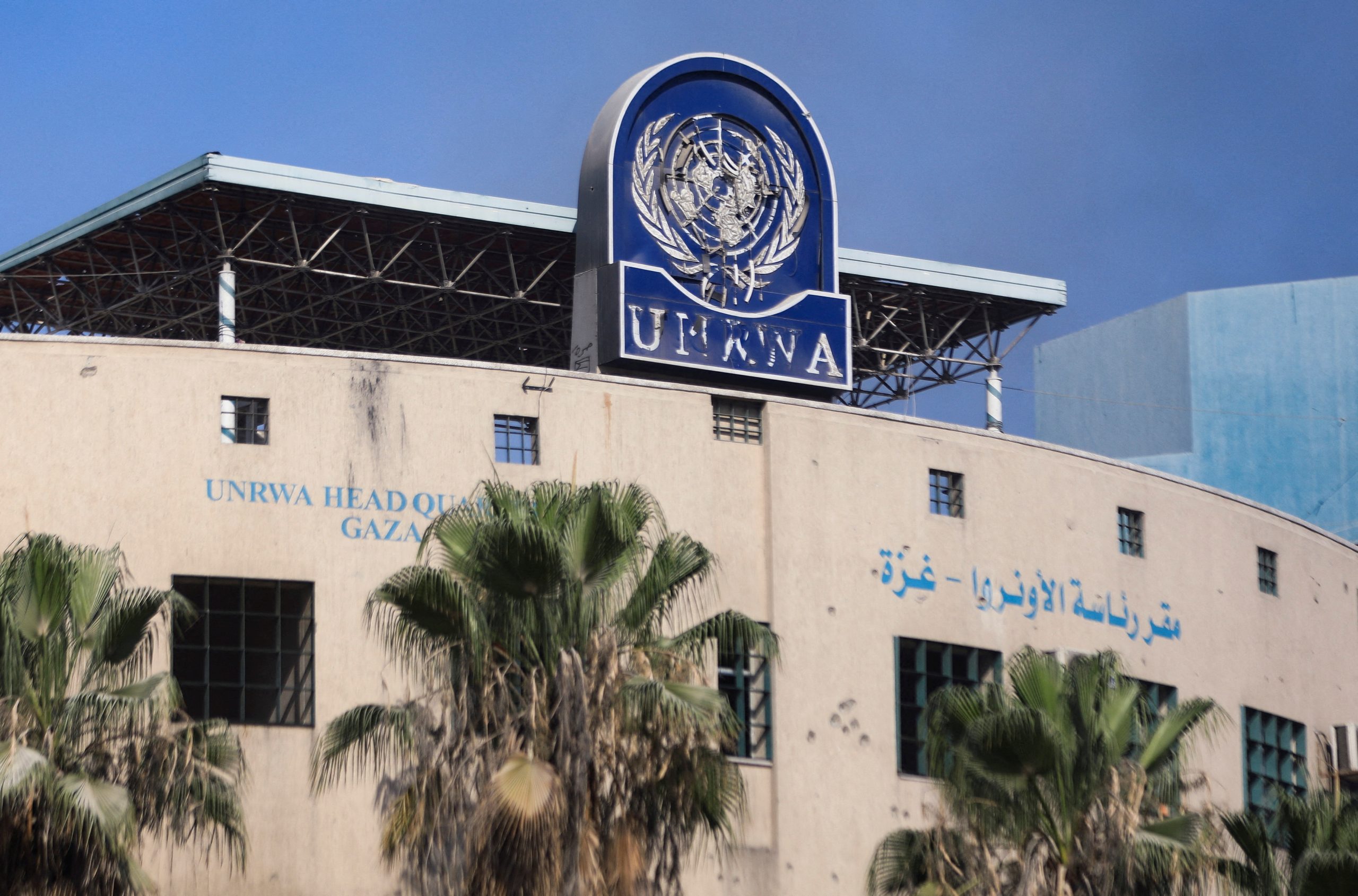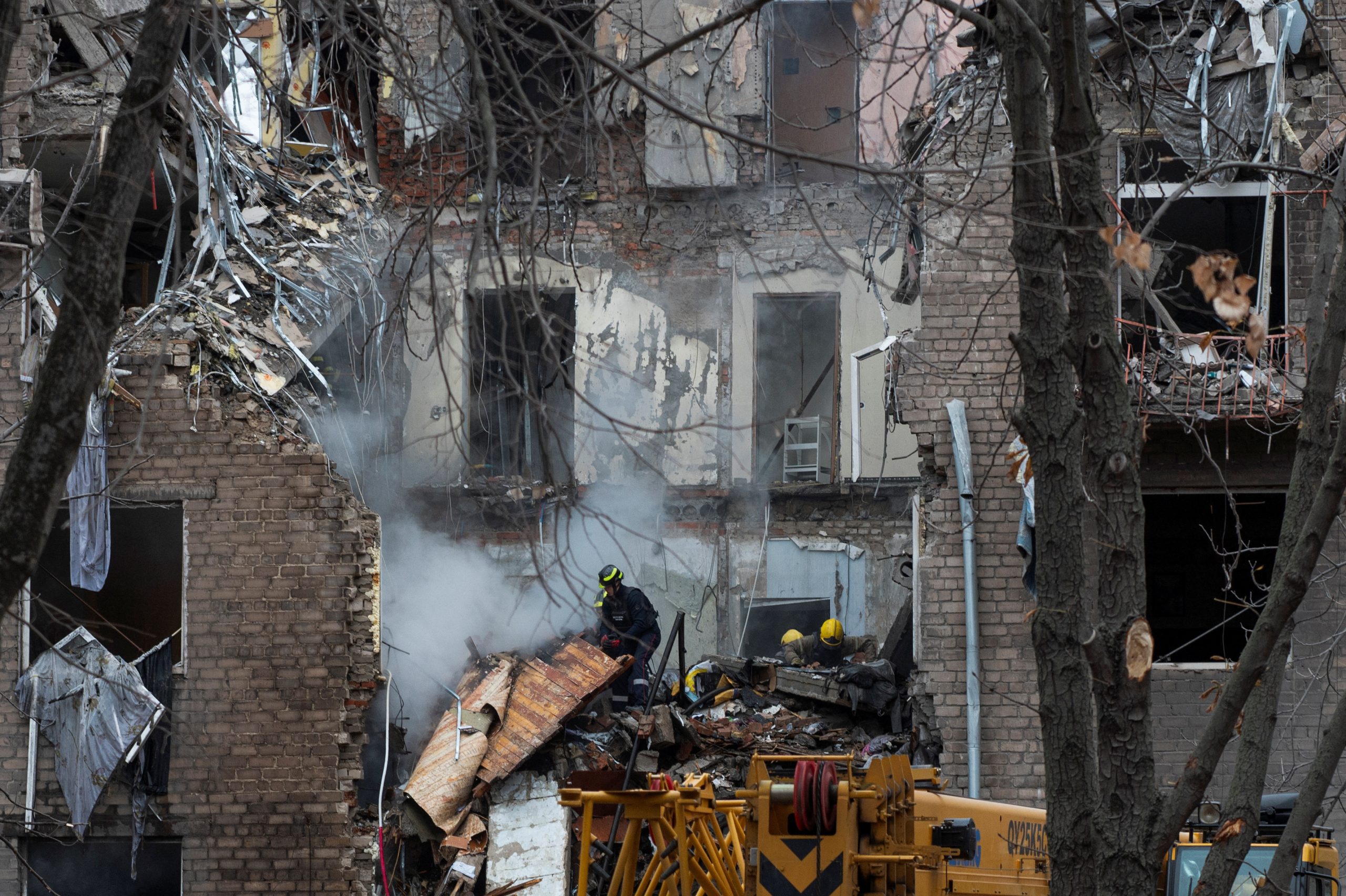Russia has unveiled an upgraded version of its Geran-2 strike drone in Ukraine, now equipped with a powerful thermobaric warhead to amplify its effectiveness against fortified targets. The newly enhanced Geran-2, which debuted in March 2024, has doubled its warhead weight from 50 kg to 90 kg, packing a heavier punch ideal for breaching bunkers and fortified positions. This latest adaptation marks a shift in Russia’s drone strategy, focusing on high-impact strikes to exhaust Ukrainian defenses.
Originally modeled after Iran’s Shahed 136, the Geran-2 has undergone extensive upgrades since its introduction to the Ukraine conflict in 2022. Russia has refined the drone’s structural and technological features to meet its own tactical needs, including replacing the original honeycomb structure with a lighter fiberglass frame reinforced with carbon fiber, streamlining mass production.
The Geran-2’s thermobaric warhead distinguishes it from traditional munitions. This warhead disperses a fuel aerosol before detonation, creating a massive shockwave and extreme heat that penetrate confined spaces. Such weaponry is particularly effective against underground targets, making it a formidable tool for neutralizing tunnels, ammunition depots, and bunkers. When deployed, the thermobaric explosion can propagate through tunnel networks, eliminating anything in its path.
In addition to its powerful payload, the Geran-2 boasts advanced navigation and tracking capabilities. Upgraded with the Russian Kometa-M system, compatible with the GLONASS satellite network, the drone is now less reliant on foreign technologies and more resistant to electronic interference. GSM-based geolocation using Ukrainian mobile networks enhances targeting accuracy in urban areas, allowing for precise strikes within a 200-meter radius.
Russia has also incorporated 4G communications and real-time data transmission into some Geran-2 models, enabling the drone to relay live intelligence deep within enemy territory. This information can assist Russian forces in mapping Ukrainian air defenses and coordinating follow-up strikes more effectively. Moreover, the addition of radar decoys, still under testing, could further aid in saturating enemy defenses by increasing the drone’s radar signature, potentially diverting anti-aircraft fire.
The Geran-2’s versatility and relatively low cost—estimated at $20,000 to $30,000 per unit—make it a strategic asset for Russia in a war of attrition. Mass production is underway, with the Alabuga factory in Tatarstan expected to produce up to 6,000 units in 2024, as reported by the Wall Street Journal. This output allows Russia to apply relentless pressure on Ukrainian air defenses, launching frequent drone strikes to deplete Ukraine’s stockpile of costly interceptor missiles.
The enhanced Geran-2 represents a tactical evolution from a simple loitering munition to a multipurpose strike and reconnaissance platform. By blending cost-effective production with advanced targeting and reconnaissance capabilities, the Geran-2 is a cornerstone in Russia’s approach to wearing down Ukrainian defenses. As the war continues, the drone’s adaptable design and aggressive deployment may shift the dynamics of modern battlefield engagements in the region.













